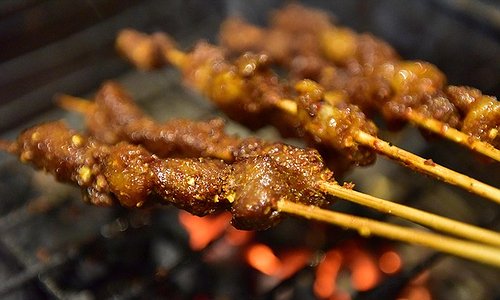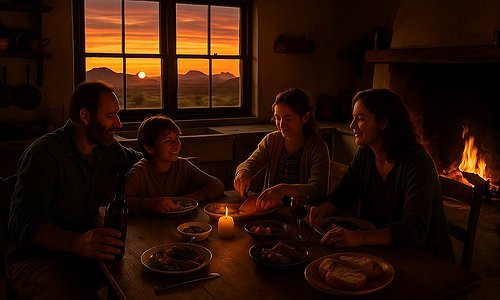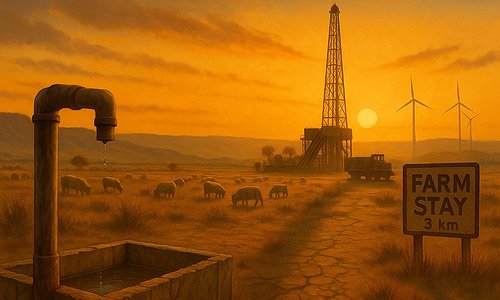How cycles of drought forged an adaptive Karoo farming ethos

Drought is not an anomaly in the Karoo. It is an ancient, recurring, and relentless cycle. From the dry decades of the late 1800s to the long parched spells of the 20th century, farmers across regions like Beaufort West, Graaff-Reinet, and the Roggeveld Plateau have endured these cycles with grit.
Yet it was not endurance alone that defined them. Out of hardship emerged innovation, shaping a resilient farming ethos rooted in adaptation and resourcefulness.
Stone-lined dams and the legacy of stored rain
Among the most iconic symbols of the Karoo’s response to water scarcity are the stone-lined dams that still dot the region’s farms. Built by hand using locally sourced rock, these structures were engineered to capture and retain every drop of the infrequent rains. Unlike modern concrete dams, the porous stonework allowed for gradual water release and sediment filtering, making them ideally suited to the slow seep of Karoo soils.
In places like Prince Albert and Nieu-Bethesda, older farmers still point to these dams with reverence. Passed down through generations, they reflect a tradition of building for longevity rather than speed. Many of the original designs were refined after the devastating droughts of the 1920s and 1930s, when rainfall in some parts of the Karoo plummeted below 100mm annually. Those years spurred widespread trench-digging, furrow redirection, and the development of underground tanks to complement surface dams.
Crop rotation born from depletion
While the Karoo is more famed for its livestock than its crops, subsistence and small-scale cultivation have long played a role in rural resilience. In the wake of drought-induced soil exhaustion, crop rotation became a quiet but powerful tool. Farmers began alternating wheat and barley with legumes like lucerne and cowpeas to restore nitrogen levels and preserve topsoil.
This was particularly evident in the fringes of the Eastern Karoo near Cradock, where landowners experimented with grain-lucerne cycles by the mid-20th century. These methods were not merely borrowed from European models but were adapted to Karoo cycles, incorporating drought-tolerant heirloom seed varieties and deep-tilling techniques that helped retain scarce moisture.
Livestock that remember the land
Drought did more than dry rivers and shrivel crops. It forced a rethinking of the animals that could thrive in such a sparse biome. This is where indigenous breeds, particularly the Karoo-adapted sheep and cattle, began to assert their value.
Dorper sheep, developed in the 1930s from a cross between Dorset Horn and Blackhead Persian breeds, became a game-changer. Hardy, fast-growing, and less reliant on lush pastures, Dorpers spread quickly across the semi-arid plains.
Afrikaner cattle, known for their heat and drought resistance, similarly proved more reliable than imported breeds in years when boreholes dried and veld turned to dust. These animals were not only better suited to the climate, they remembered the land, navigating vast terrains with ease and surviving on minimal feed.
Community knowledge and conservation
What tied all these innovations together was a deepening sense of communal knowledge. The Karoo’s dryland farming ethos evolved into a living body of practice that is practical, tested, and deeply regional.
Today, even as new technologies like solar pumps and satellite-based weather forecasting take root, many Karoo farmers continue to draw on these older methods. In places like Victoria West and Sutherland, a visit to a working farm might still include hand-reinforced dam walls, rotational grazing plots, and sheep bred from century-old bloodlines.
In a world increasingly shaped by climate shocks, the Karoo’s long relationship with drought stands as a beacon. It shows that survival is not about resisting change, but about learning to bend without breaking.




